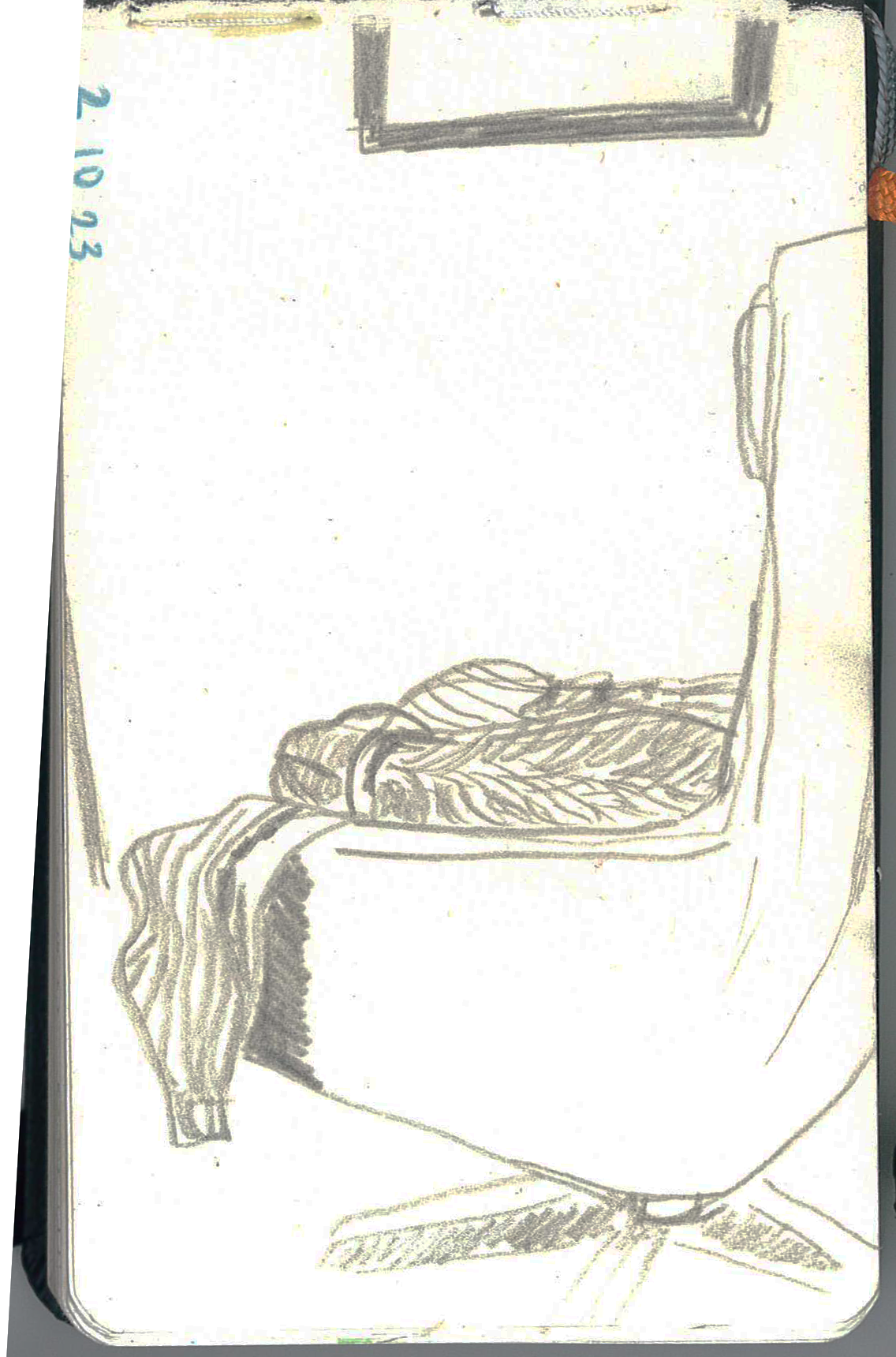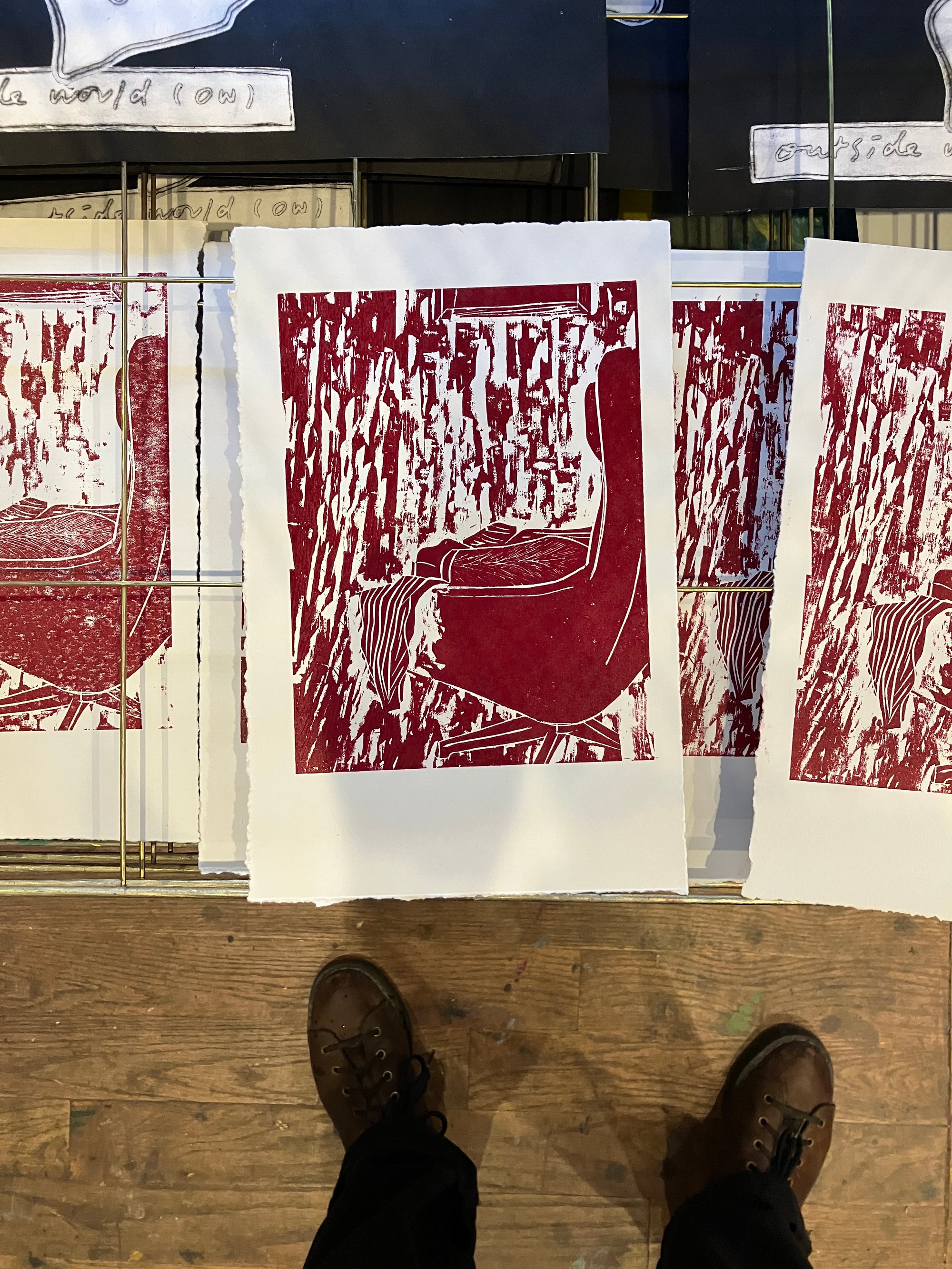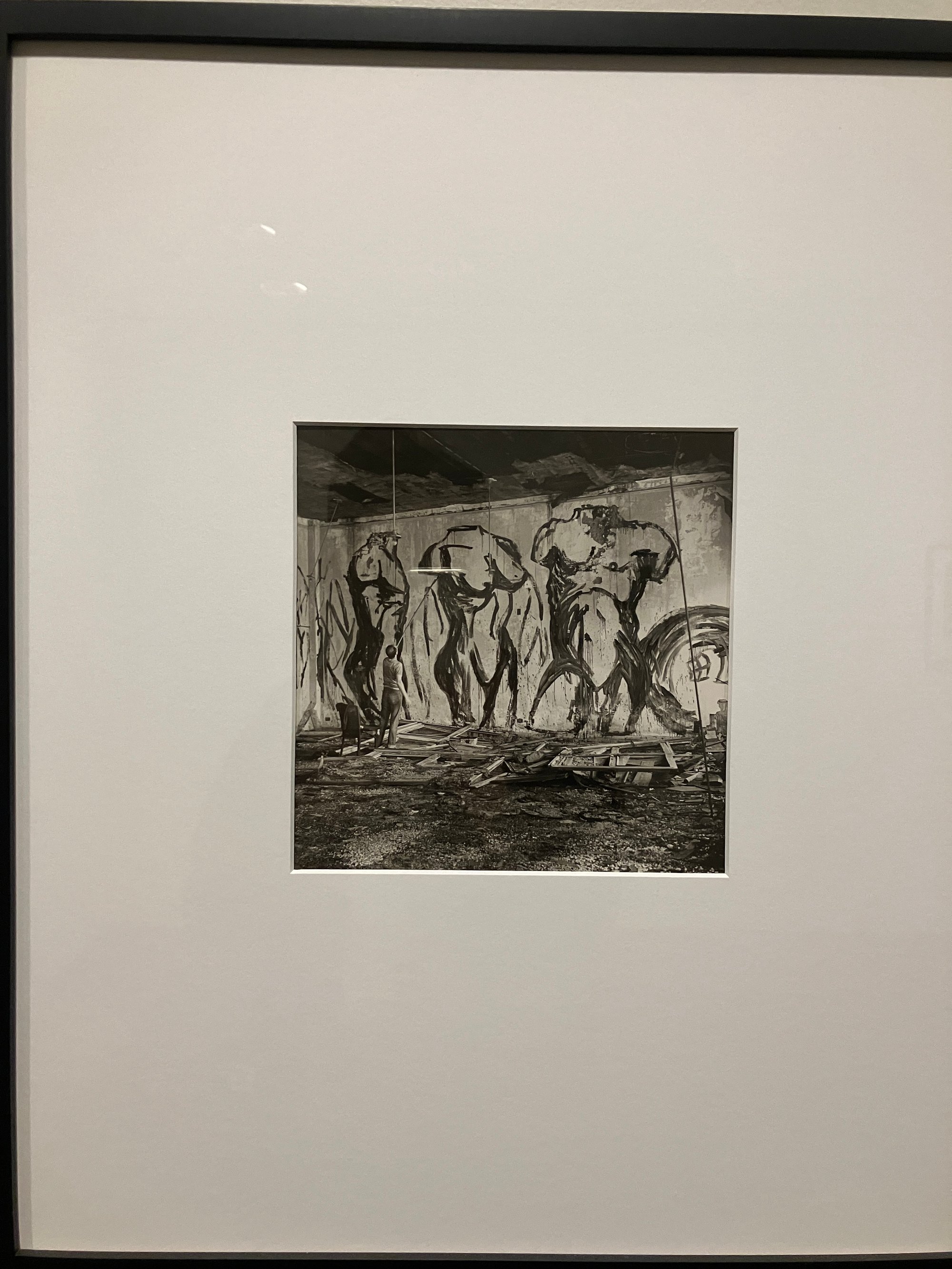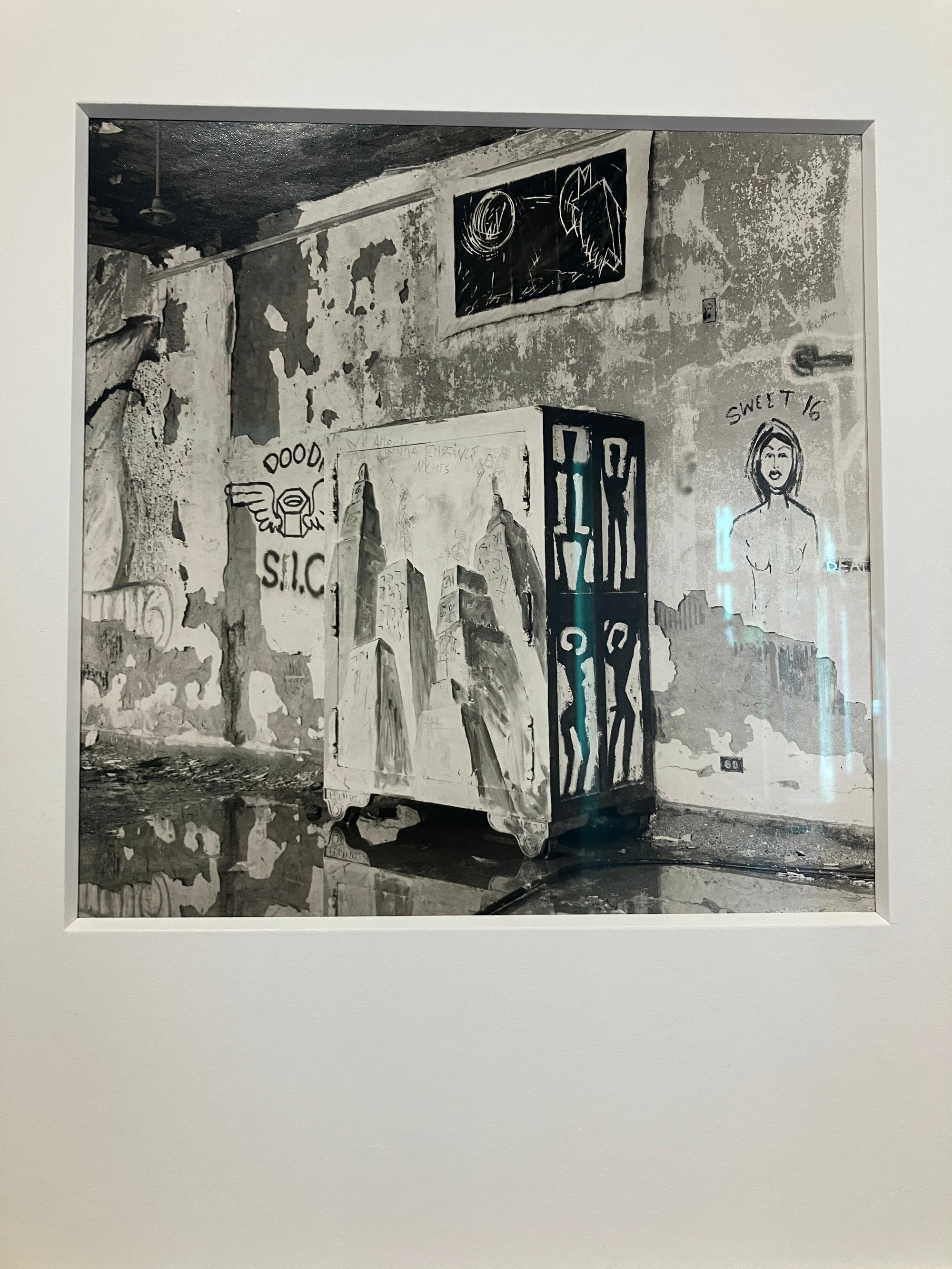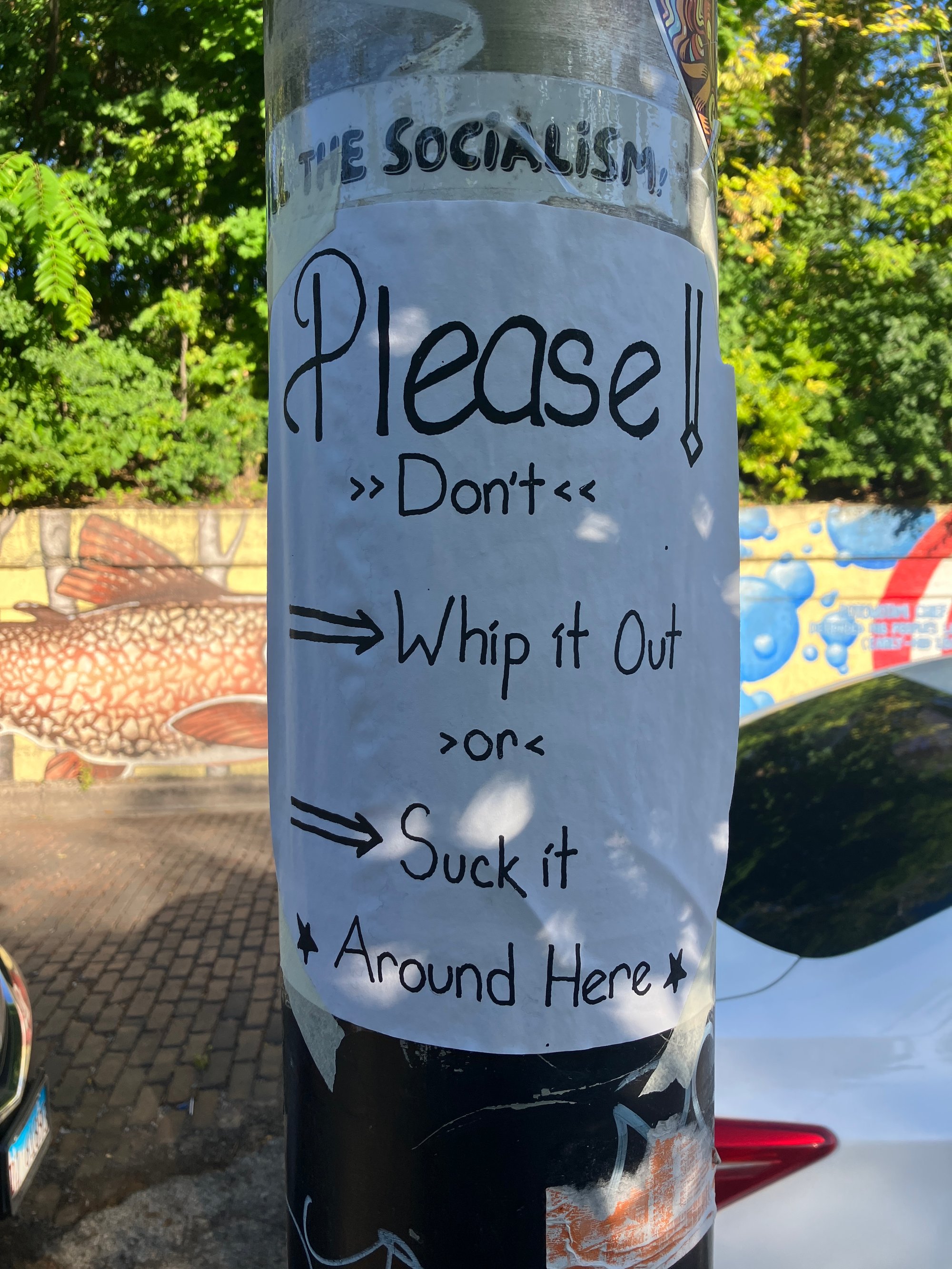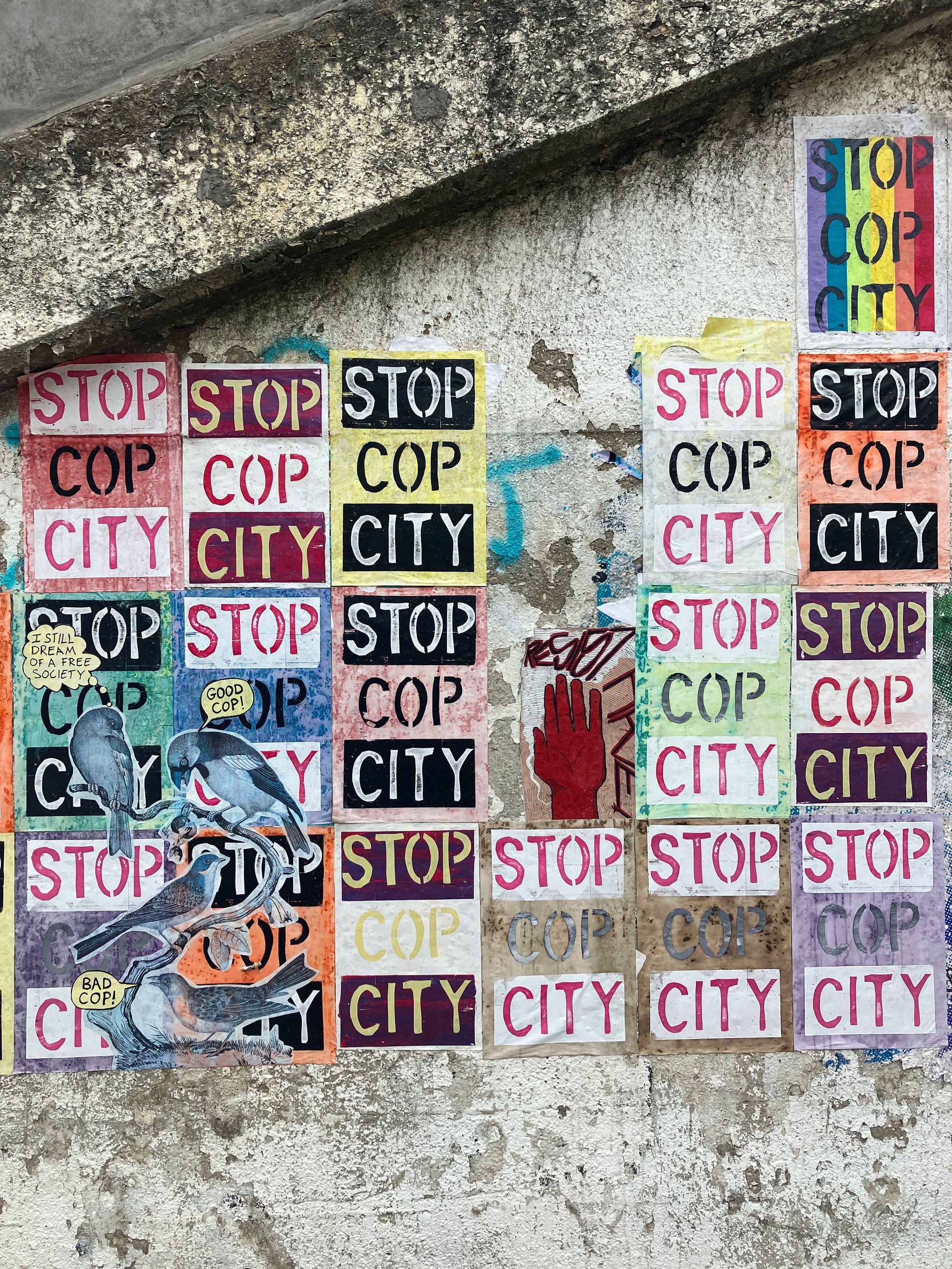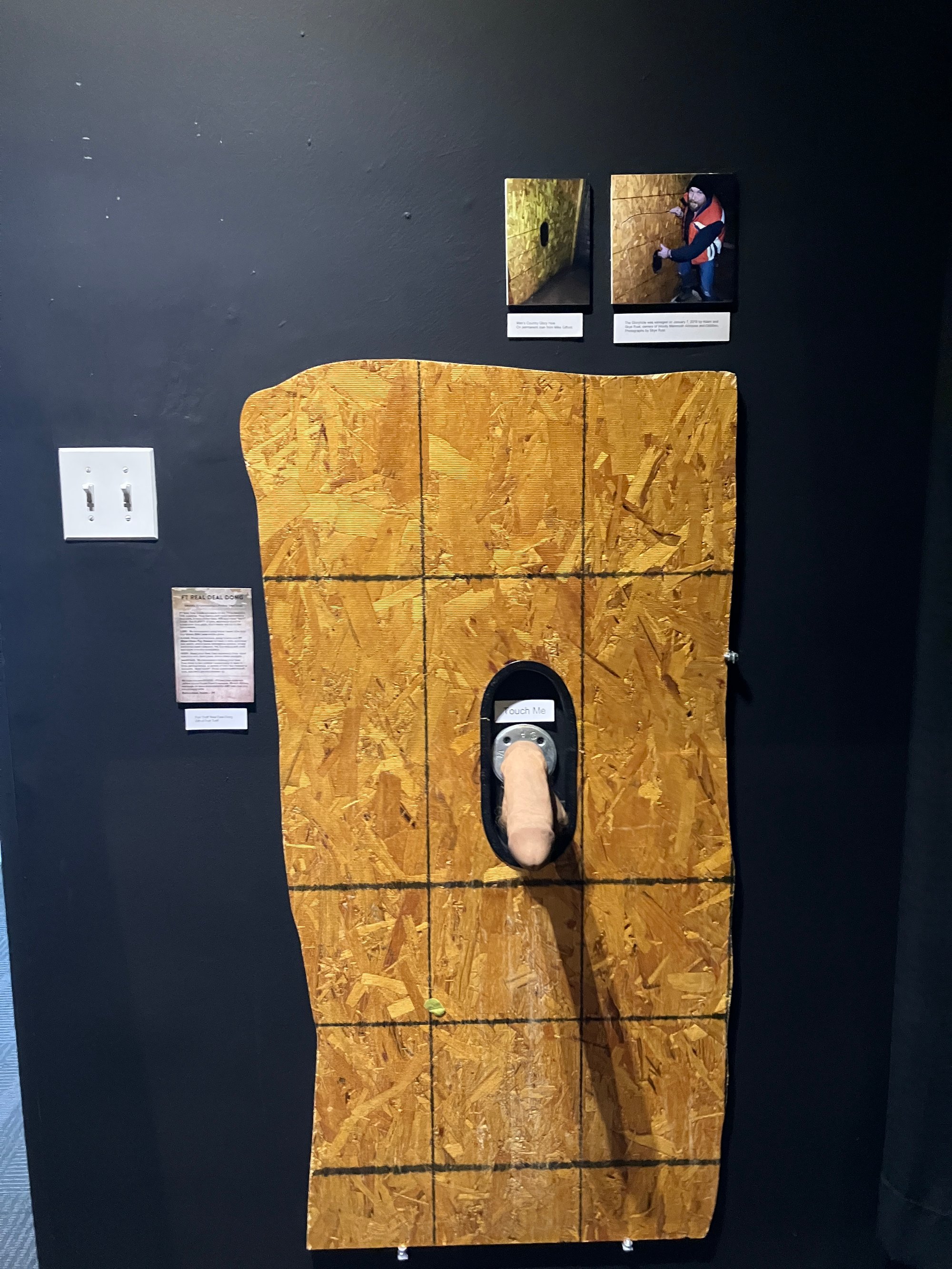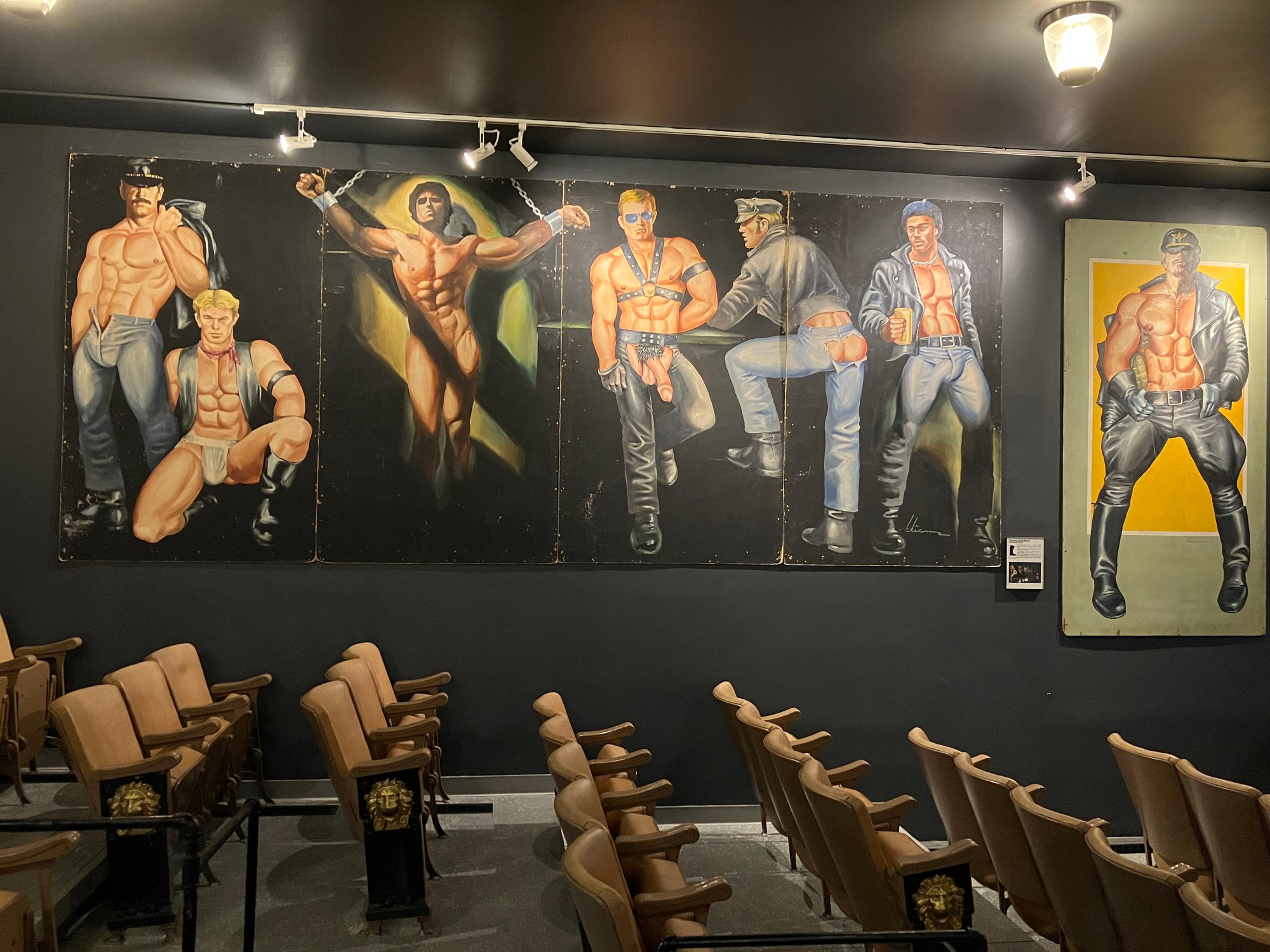October 1-2-3s
slow down and take a moment as I count up my 1 2 3s of signage, printing and gay art in public space.
This month, I did some wood-block printing, visited Chicago and saw some fantastic art and street signage, and had thoughts about the ways that museums and galleries can respectfully (and disrespectfully) display archival LGBT collections.
1 new printing process
I’ve been using my sketchbook almost every day to record the life around me. Like my grandfather, who was also a graphic designer, artist and printmaker, I like capturing domestic still life with moments of life happening in the background.
Above: a sketch I made of the dog I was looking after earlier this month in Chicago, and the woodblock I made of it.
Woodblock printing is a very similar process to lino, where you cut away the part of the block that you don’t want to print. In contrast with etching or my natural process printing that I attempted this summer, woodblock was easy, simple, worked first time, turned out almost exactly how I wanted it to and how I thought it would. It’s almost too easy as a process. Prints always feel more special to me if I’ve had to shed a few tears through the process.
2 exhibitions of the photographer Peter Hujar
Peter Hujar, a photographer who was part of the East Village arts scene alongside Keith Haring, David Wojnarowicz and Nan Goldin, died of AIDS-related illness in 1987 at the age of 53. His work is enjoying a renaissance at the moment, with an exhibition in San Francisco curated by Elton John (with a widely distributed catalogue), as well as exhibitions at the Arts Institute in Chicago and at 125 Newbury in New York. I was lucky enough to catch both the latter two.
Both these exhibitions showed his lesser-known work alongside his more famous portraiture: photos of the edges of society and the city where queer people would gather, cruise and make art, usually in the abandoned warehouses and docks of the Manhattan piers. I often think about how the abandoned spaces of cities in the post-war period allowed for queer, activist and arts movements to grow.
Where the exhibition at 125 Newbury started to fall apart however was that they had very odd framing of some works: street photography of unknown queer people in cruising spots placed right next to Hujar’s photographs of a slaughtered cow hung up, or next to photographs of decayed bodies taken a decade previously in the Sicilian catacombs. Knowing what would happen to many of these men in the cruising photos, it is a disturbing placement, forcing the viewer to think of their death as unknown, uncared for, overlooked by the state and society.
The AIC however did a beautiful job of placing Peter Hujar’s work in a context of other artists working in the same scene, performers and dancers and drag queens and clowns who he would work with and photograph, and artist friends and lovers whose portraits he took, including artists David Wojnarowicz and Greer Larso
3 moments of found type in Chicago
To draw this to a conclusion : Chicago found type. My favourite thing about found type is how it reveals communities that have been there and activities they took part in. I love uncovering layers of public history. Among many others: evidence of Armenians, public sex and activist movements.
Honourable mention of something I wanted to put in but really is beyond categorisation: the Chicago Leather Archives and Museum. The Archive have done an incredible job of archiving closed queer spaces in a way that avoids them becoming dead, lifeless or memorialised. They didn’t feel sanitised for passive viewers. They felt vibrant and alive. A note by the glory hole taken from Chicago gay sauna Man’s Country invited the viewer to touch, and the Tom of Finland-style murals taken from Chicago gay bar decorated the cinema:

